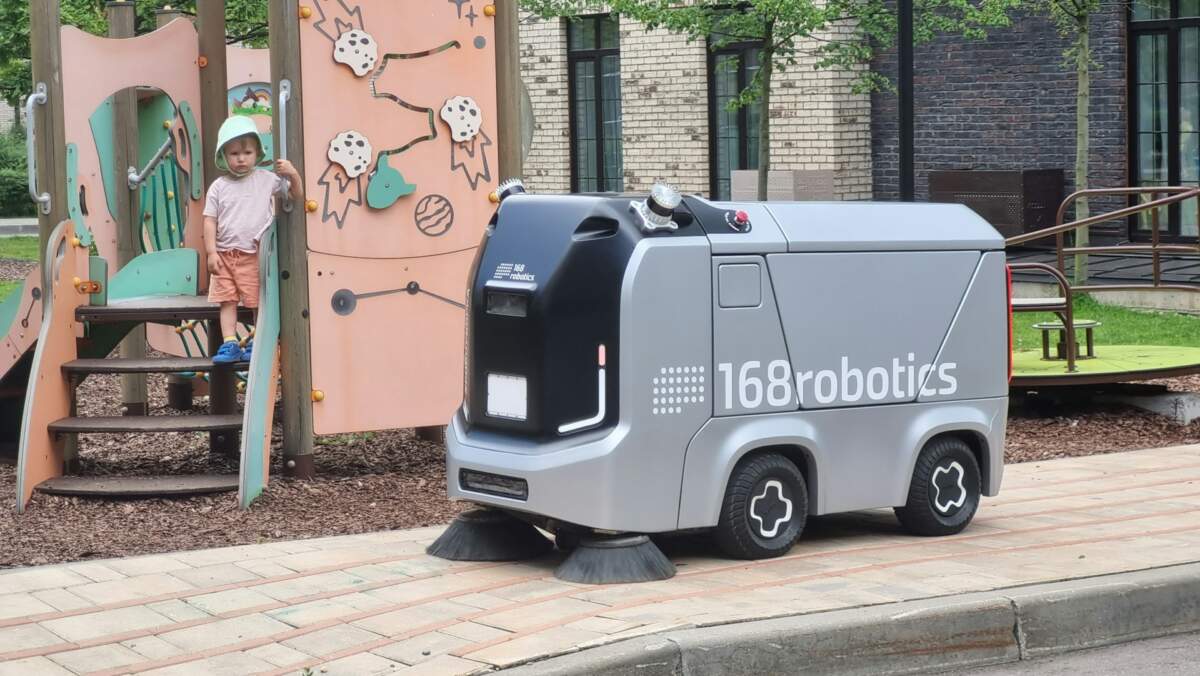The demand for innovative solutions to combat climate change has never been greater. Individuals and businesses alike are turning to technology to reduce environmental footprints and adopt sustainable lifestyles.
By focusing on new advancements in green technology, we can take meaningful steps toward a future that prioritizes both progress and preservation.
This blog dives into six areas where eco-friendly innovations are reshaping lives. Whether it’s through gadgets or broader systems, discover practical ways to integrate these technologies and take a step closer to sustainable living.
1. Renewable Energy on a Smaller Scale
Advancements in renewable energy aren’t just for large-scale industrial setups. Solar panels for homes are now more efficient, affordable, and compact.
Portable solar chargers allow individuals on the go to power up devices without relying on traditional electricity sources. Wind energy is also entering the domestic sphere.
Small wind turbines designed for personal use can power homes in windy regions, bringing renewable energy closer to everyday life. Integrating these innovations not only reduces your carbon footprint but may save you money on energy bills.
2. Smart Home Technologies for Energy Efficiency
The rise of smart homes represents one of the most practical applications of green technology.
With smart thermostats, like Google Nest or Ecobee, homeowners can reduce energy usage by learning consumption patterns and automating temperature control.
Other devices, like smart lighting systems, allow for energy savings by automatically switching off lights in unoccupied rooms. Water-saving devices, such as smart irrigation systems, help optimize water use for homeowners passionate about sustainable living.
Smart technology has transformed how homes can monitor and optimize resources without compromising comfort.
3. Eco-Friendly Transportation Alternatives
Transportation accounts for a significant share of global emissions. However, eco-friendly alternatives are changing how people move from point A to B.
Electric scooters and bikes are becoming commonplace in urban spaces, offering sustainable options for short commutes. Meanwhile, advancements in electric vehicles (EVs) make them more affordable and accessible for average households.
Even public transportation systems are catching up with the trend. Cities are increasingly opting for electric buses and trams as a lower-emission alternative to traditional fleets. This green tech evolution signals a strong move toward sustainability on the streets.
4. Waste Reduction with Innovative Gadgets
Minimizing waste is another key component of sustainable living fostered by technology. Eco-friendly gadgets like home composters turn food scraps into nutrient-rich soil within days, avoiding landfill contributions.
Reusable alternatives powered by tech, like smart water bottles, track your hydration levels while reducing the need for single-use plastic bottles. Smart garbage cans are another example, capable of sorting recyclables from trash automatically.
These gadgets enable individuals to take small, consistent actions that make a big difference over time.
5. Green Tech in the Agriculture and Food Industry
Green technology isn’t confined to homes—it impacts the agriculture and food industries profoundly.
Vertical farming, powered by automated systems and LED grow lights, enables crops to thrive indoors year-round while using 95% less water than traditional farming methods.
Cell-based agriculture, including lab-grown meats, is another groundbreaking innovation. By producing meat without traditional livestock, consumption becomes more sustainable and humane.
For consumers, AI-powered grocery apps now help reduce food waste by alerting when products are near expiration or suggesting meals based on available ingredients.
6. Wearable Technology with a Sustainable Edge
Eco-friendly wearables are becoming increasingly popular for those who want both functionality and style.
For example, solar-powered smartwatches eliminate the need for frequent charging. Some fitness trackers are crafted with recycled materials and prioritize durability.
Additionally, companies are exploring biodegradable wearable devices made from natural materials. These wearables are helpful to the user but kinder to the planet by reducing e-waste.
With the market for wearable tech expanding, the integration of green principles leads to options that don’t sacrifice sustainability for convenience.
Innovating Toward a Greener Future
Green technology plays a central role in the path toward a sustainable lifestyle. From smart homes to eco-friendly gadgets and innovative agricultural practices, small changes can lead to significant environmental impact reductions.
Innovation has the power to reshape our lives, driving progress and creating solutions that were once unimaginable. Companies like https://www.shawtrenchless.com/ exemplify this transformative spirit by revolutionizing underground construction with cutting-edge trenchless technology. By minimizing disruption and maximizing efficiency, they demonstrate how forward-thinking approaches can redefine industries and improve the way we live.
By taking advantage of these innovations and adopting them into daily routines, individuals and communities can work together to create a greener tomorrow.
Curious about adopting green tech into your life? Start today by exploring gadgets or systems that align with your needs. It’s a small decision that can make a big difference!










